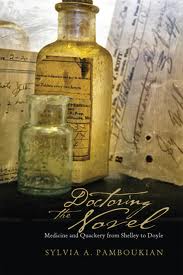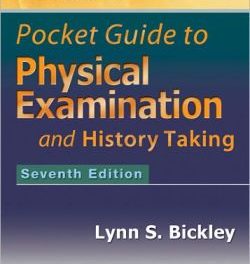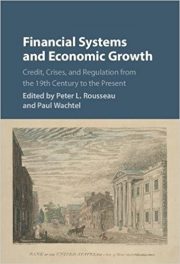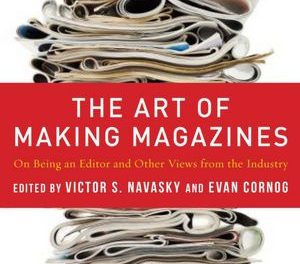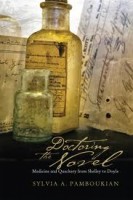 Author: Sylvia A. Pamboukia
Author: Sylvia A. Pamboukia
Publisher: Ohio University Press
Book Review by: Deekay Daulat
Medicine in Britain in the nineteenth century had a large and complex marketplace in which there were breakthrough products and practices: devices such as the stethoscope, pharmaceuticals such as ether, and services such as antisepsis (relief from sepsis or a toxic bacterial infection).
At the same time, there were also compounds such as those made of arsenic and practices such as “water cures” that were widespread and popular, but of questionable value. These were marketed by trained and untrained, licensed and unlicensed people. It became difficult to distinguish medicine from quackery, and doctors from quacks, creating a bad reputation for the former, the author points out in this book on medicine in nineteenth-century British literature.
In British novels, the confusion and chaos between medicine and quackery was evident; and the difficulty to distinguish between doctors (graduates of medical school with training on treating patients) and quacks (those who had probably just read a book or two on compounding chemicals) prevailed. Sylvia Pamboukian, a professor of English studies, asks in her Preface to this book:
- How do we know whether a literary representation of a medical practitioner signifies authority or foolishness, science or irrationality, compassion or self-interest, orthodoxy or quackery?
- Do these representations celebrate medicine as the symbol of emerging professionalism or satirize it as the science of human overreaching, vanity of folly?
- What words indicated medical orthodoxy or quackery to nineteenth-century readers?
- What tropes did medical institutions and practitioners deploy to generate an aura of respectability and trust, what I call orthodoxy?
- Which words resisted categorization as either orthodox or quack, and which shifted from orthodox to quack, or vice versa?
- How did notions of orthodoxy and quackery alter in relation to emerging medical subfields such as pharmacy and to cultural currents such as nationalism, gender and class?
These are the questions and related issues the author seeks to get answers for, as she explores six British novels, named below, for this book cleverly entitled Doctoring the Novel in its Introduction and five chapters:
Introduction
False Professions: Defining Orthodoxy and Quackery
Chapter One
Orthodoxy or Quackery? Anatomy in Mary Shelley’s Frankenstein
Chapter Two
Doctoring in Charles Dickens’ Bleak House and Little Dorrit
Chapter Three
Legerdemain and the Physician in Charlotte Bronte’s Villette
Chapter Four
Poisons and the Poisonous in Wilkie Collins’ Armadale
Chapter Five
The Quackery in Arthur Conan Doyle’s Stark Munro Letters
Conclusion
The In-Laws: Orthodoxy and Quackery in Vernon Galbray
This is a well-written book that asks a lot of provocative questions that get us thinking. Then she probingly explores the answers where they are found. It is also a well-researched book with a 30-page Notes section referencing numerous works and a 10-page Bibliography.
The author expertly covers, with her qualifications as noted below, a unique subject – medicine and quackery in nineteenth-century British novels – that is probably not covered in any other book.
Trained in Victorian studies and pharmacy, Sylvia A. Pamboukian is an associate professor in the department of English at Robert Morris University in Pennsylvania. She has published on topics as diverse as Victorian x-rays, Rudyard Kipling’s supernatural stories, and taboo in the Harry Potter series.

